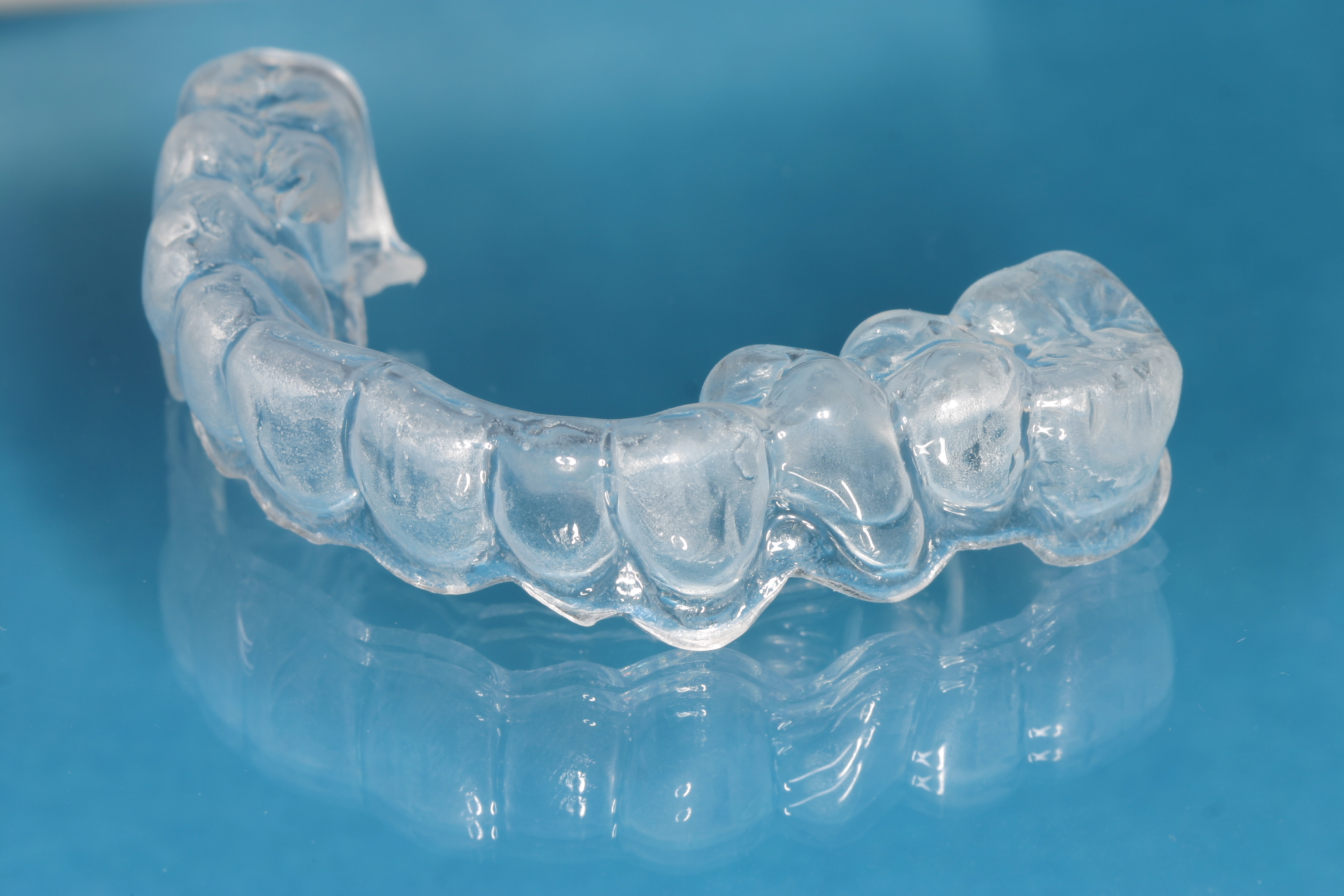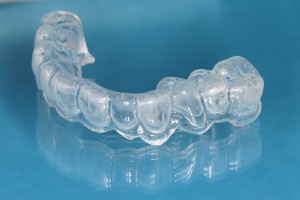If you do not like the color of your teeth, you can change it. Patients may have from their dentist various effective whitening methods. However, many whitening products are now available throughout the country (OTC) in pharmacies, department stores and online on the World Wide Web.
There are do-it-yourself teeth whitening systems; no specialists are involved to supervise any stage of the procedure. These systems are highly advertised by the press and commercial television. However, it is important to distinguish between DIY products and those supervised by a dentist: they are much less expensive. However, so that they can be used without a dentist’s supervision and individual trays, they have a different chemical composition and are therefore less effective.
Professional Whitening Methods
 Whitening agents are placed in the tray that the patient wears at home everyday for a few hours. Teeth may also be whitened in the dental office by using high concentrations of the whitening agent. The approach in the office can begin the process and allows immediate clearing. At-home whitening may be necessary for some patients.
Whitening agents are placed in the tray that the patient wears at home everyday for a few hours. Teeth may also be whitened in the dental office by using high concentrations of the whitening agent. The approach in the office can begin the process and allows immediate clearing. At-home whitening may be necessary for some patients.
Professional treatments at the office take 1-3 hours; the advantage is that the result is immediate, but is often more expensive and less effective over time.
At-home whitening shows results after 5-7 days and it is recommended to use at least 2 weeks.
Here is a list of the top ten foods that can cause stains:
- Coffee or tea (hot or cold)
- Cigarette tobacco, chewed tobacco or cigars
- Red wine
- Grape juice
- Coca Cola
- Beer
- Cherries
- Soya sauce
- Artificially coloured foods
- Curry-spiced food

 American Dental Association
American Dental Association European Academy of Esthetic Dentistry
European Academy of Esthetic Dentistry Accademia Italiana di odontoiatria protesica
Accademia Italiana di odontoiatria protesica Società italiana di parodontologia e implantologia
Società italiana di parodontologia e implantologia